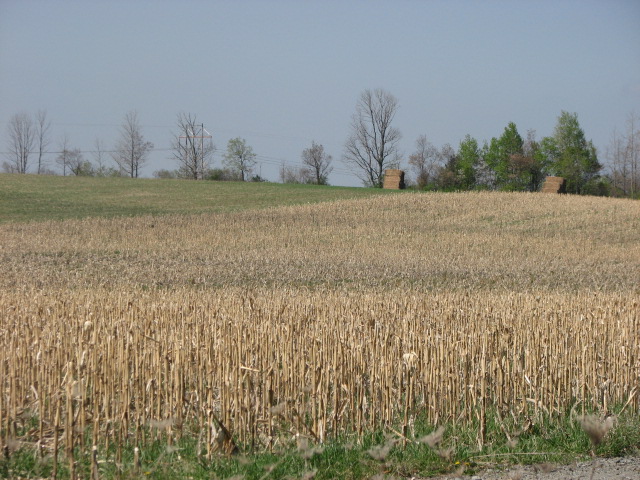
Glyphosate, introduced in 1974, is the active ingredient in the Monsanto herbicide Roundup, and is the most widely used herbicide in the United States–in 2007 185 million pounds were applied by U.S. farmers, up from 85-90 million in 2001. Its use is accelerating with the advent of herbicide-tolerant genetically modified (GMO) crops.
Roundup also contains inert ingredients, which can be preservatives, surfactants and solvents. Inert ingredients can be considered trade secrets and not disclosed. An inert ingredient is taken into account with regards to labeling: Roundup should not be used in or near freshwater to protect wildlife, partly because of inert ingredients. The problem with inert ingredients is their ability to amplify the effects of active ingredients. Most glyphosate studies focus on glyphosate alone and not in combination with inert ingredients.
The Environmental Protection Agency (EPA) considers glyphosate to have low toxicity, but scientists, consumer groups and environmental organizations from several countries warn that glyphosate is causing negative impact on the environment and on the body. The EPA is now reviewing glyphosate to see if limiting its use is warranted.
Because glyphosate is in air, water and food, humans are likely to be accumulating it over time.
Glyphosate and Possible/Probable Health Risks
- Thyroid and bladder cancers ‘track with the advent of GM crops and associated glyphosate applications.’ (Swanson, 2014)
- Glyphosate’s strong chelating ability allows it to combine with heavy metals and arsenic in hard water, causing kidney disease. One study reported massive kidney failure in rice paddy workers in Sri Lanka.
- Metabolic process interference.
- Disruption of gut bacteria, leading to the rise of intestinal disease, not only in humans, but in animals as well. It’s been suggested that the microbe dysbiosis in cows and poultry might be correlated to increased salmonella.
- According to the National Pesticide Information Center: lettuce, carrots, and barley contained glyphosate residues up to one year after the soil was treated with 3.71 pounds of glyphosate per acre. They also state that glyphosate is ‘not expected’ to cause reproductive impairment in birds, and is only ‘slightly toxic to practically non-toxic’ in freshwater fish. They also note that surface wipe and dust samples collected from five farm households in Iowa contained detectable levels of glyphosate.
There’s much more and for every study warning of the dangers, there is another saying glyphosate is perfectly safe. In another bit of food for thought, Craven Laboratories, who had issued studies for the pesticide industry, was charged with testing fraud, proven guilty and fined, along with prison sentences for some employees.
The GMO industry claims that genetic engineering is no different than plant hybridization, which the US Food and Drug Administration (FDA) accepted and therefore GM food did not have to undergo rigorous safety testing to obtain FDA approval. This is a distortion of the facts, as genes are being transferred across plant and animal kingdoms in ways that do not occur in nature. Instead of requiring industry to prove the safety of their products, we the people bear the burden of proving that a given environmental exposure is harmful. This requires decades of humans unwittingly being guinea pigs, our children bearing the brunt of the damages, and our Earth struggling to survive.
https://www.organic-systems.org/journal/92/JOS_Volume-9_Number-2_Nov_2014-Swanson-et-al.pdf
